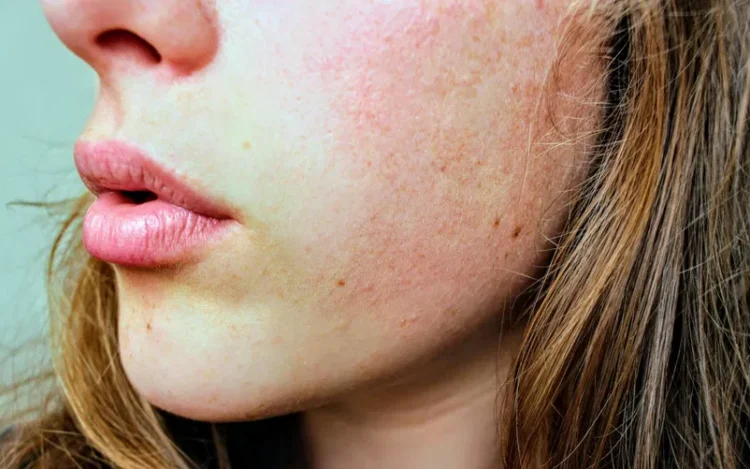Wonder of medicine! A new skin patch could notify medical professionals sooner about organ transplant rejection
As of right now, organ transplantation remains a rare procedure. However, the danger of organ rejection after surgery is one of the main worries. Traditionally, patients and medical professionals have to wait to see how the body reacts to the transplant; this may often be fatal. Nonetheless, a novel skin patch has the potential to reduce the fatal rejection rates in transplant recipients by half. The NHS is now testing a skin patch that breaks out in rashes to indicate that the body is rejecting the new organ, which signals the need for immediate medical attention.

How do skin patches function for recipients of organ transplants?
A little 10x3cm skin graft from the donor was provided to 152 lung transplant patients during an experiment at the time of the procedure. If the body begins to reject the organ, the patch—which is applied to the forearm—breaks out in a rash, signaling that the lung is also being rejected. Additionally, the skin responds more quickly than other organs and is readily visible, making it possible for a patient to detect problems with it.
Experts state that in the event that this occurs, medical professionals may expedite therapy in order to regulate the immune system and prevent the body from rejecting the given lung. According to Oxford University researchers, this may serve as a clear warning indicator for organ transplant patients, particularly in light of the high rejection rates. Because they only assess the early stages, experts noted that it is difficult to determine whether a response is being caused by rejection or infection. The fact that the two scenarios need entirely different treatments makes the matter complex.
The incorrect course of therapy might make a patient’s condition much worse. Researchers emphasize the need of concentrate on lung trials because of this. Additionally, according to studies, rejection rates may be lowered by 50% using this patch. Previous studies have shown that the skin patch may help lower the likelihood of rejection in individuals undergoing intestinal transplants. The goal of the Oxford University and NHS Blood and Transplant study is to effectively implement a standardization process for all lung transplant patients in order to lower the probability of rejection by fifty percent. According to medical professionals, early identification may pave the way for a healthier transplant that offers greater control and access to the right care.







